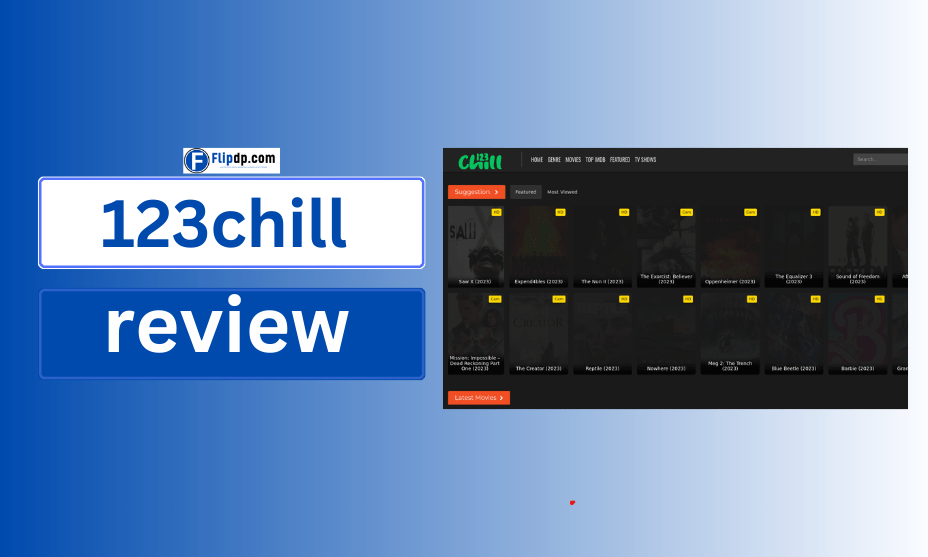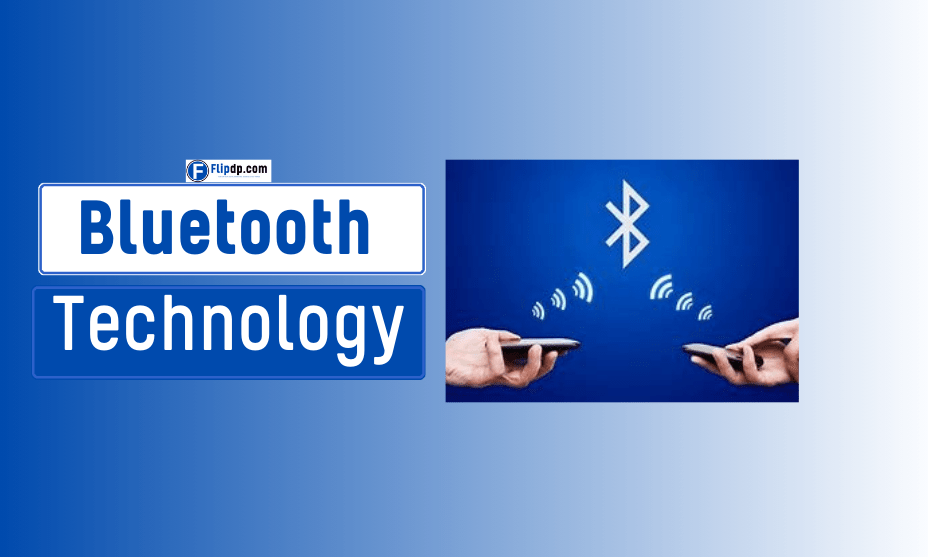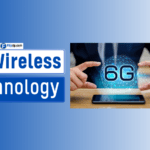Introduction
Bluetooth technology has revolutionized the way we connect and interact with our devices, offering a wireless solution for data transfer and communication over short distances. Whether you’re streaming music to wireless headphones, transferring files between smartphones, or connecting your smart home devices, Bluetooth plays a crucial role.
In this article, we will delve into the intricacies of Bluetooth technology, exploring its functionality, advantages, and common applications. This comprehensive guide aims to demystify Bluetooth and provide valuable insights into its significance in our daily lives.
What is Bluetooth Technology?
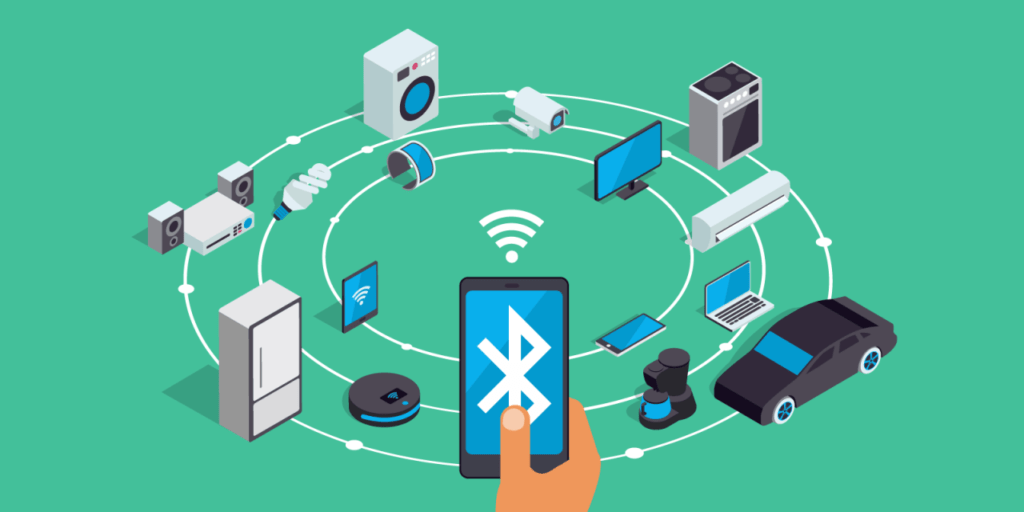
Bluetooth technology is a short-range wireless communication standard that enables the exchange of data between various electronic devices. First introduced in 1994 by the Bluetooth Special Interest Group (SIG), Bluetooth was designed to replace the cumbersome wires and cables that connected devices.
The technology operates in the 2.4 GHz ISM (Industrial, Scientific, and Medical) band and can connect devices within a range of approximately 10 meters (33 feet) to 100 meters (328 feet), depending on the Bluetooth class.
Key Features of Bluetooth Technology
- Wireless Communication: Bluetooth allows devices to communicate without the need for physical cables, providing convenience and flexibility.
- Low Power Consumption: Designed for efficiency, Bluetooth technology uses minimal power, making it ideal for battery-operated devices.
- Secure Connections: Bluetooth employs various security measures, including encryption and pairing protocols, to protect data during transmission.
- Versatile Applications: Bluetooth technology supports a wide range of applications, from audio streaming to file transfers and smart device connectivity.
How Bluetooth Technology Works
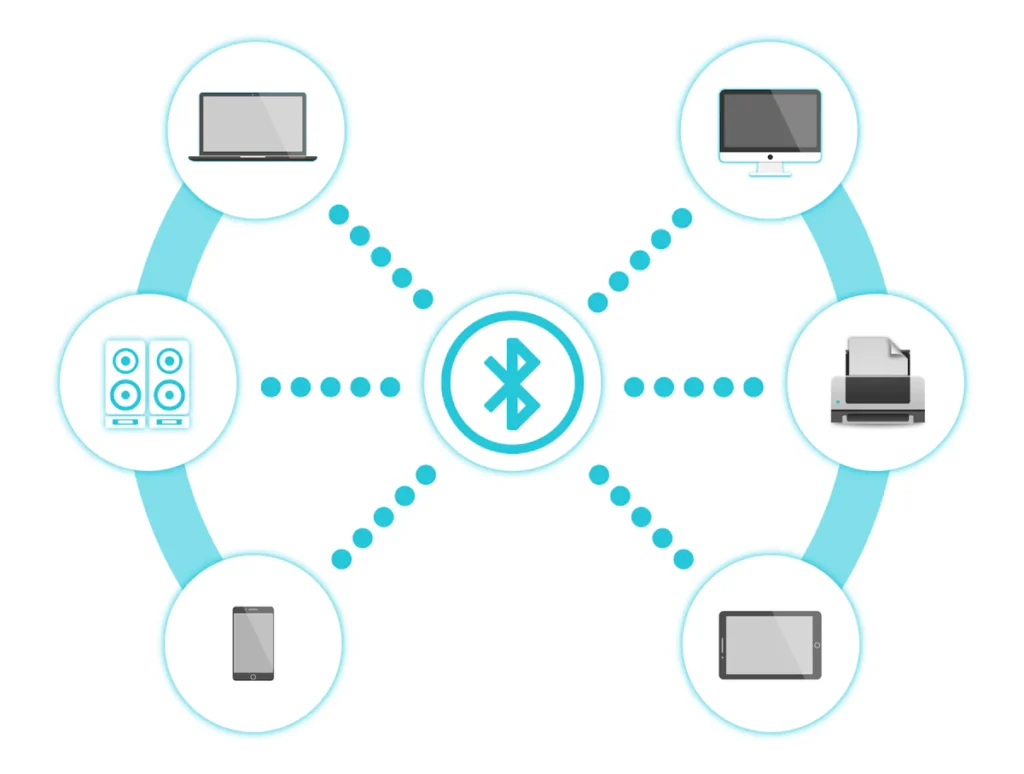
Basic Operation
Bluetooth technology utilizes a master-slave architecture to facilitate connections between devices. The master device initiates the connection and controls communication, while the slave devices respond to the master’s commands. Here’s a simplified breakdown of how Bluetooth works:
- Discovery: When a Bluetooth device is powered on, it enters a discovery mode, scanning for other nearby Bluetooth devices. This process involves sending and receiving inquiry packets.
- Pairing: Once devices are discovered, they undergo a pairing process, which establishes a secure connection. This often involves entering a passkey or confirming a code on both devices to ensure a trusted connection.
- Connection Establishment: After successful pairing, the devices connect and can begin exchanging data. The Bluetooth protocol stack manages this communication, ensuring that data packets are transmitted accurately and securely.
- Data Transfer: Bluetooth technology can transmit various types of data, including audio, video, and files. The transmission rate varies depending on the Bluetooth version, with newer versions offering higher data transfer speeds.
Bluetooth Versions and Their Evolution
Bluetooth technology has undergone several iterations since its inception, each improving on the last in terms of speed, range, and efficiency. Here’s a brief overview of the significant Bluetooth versions:
- Bluetooth 1.0 and 1.1: Launched in 1999, these versions introduced basic wireless connectivity but had limitations in range and speed.
- Bluetooth 2.0 + EDR (Enhanced Data Rate): Released in 2004, this version improved data transfer rates to 3 Mbps and introduced more efficient power management.
- Bluetooth 3.0 + HS (High Speed): Introduced in 2009, Bluetooth 3.0 allowed data transfers up to 24 Mbps using Wi-Fi technology for large files.
- Bluetooth 4.0: Launched in 2010, this version introduced Bluetooth Low Energy (BLE), optimizing power consumption for devices that require periodic data transmission, such as fitness trackers.
- Bluetooth 5.0: Released in 2016, Bluetooth 5.0 doubled the data transfer rate to 2 Mbps and quadrupled the range to about 240 meters (800 feet), making it suitable for smart home applications.
- Bluetooth 5.1 and Beyond: These subsequent versions have introduced features like improved location tracking, enhanced audio capabilities, and greater energy efficiency.
Benefits of Bluetooth Technology
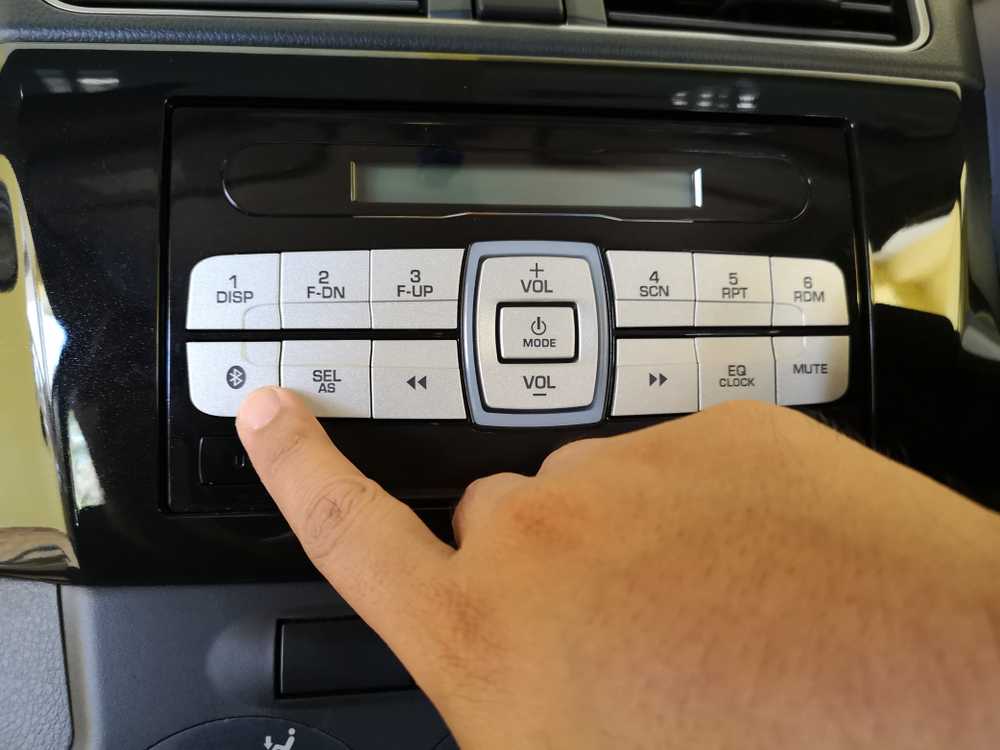
Bluetooth technology offers numerous advantages that enhance user experiences and improve device functionality. Here are some of the key benefits:
1. Wireless Convenience
The most apparent benefit of Bluetooth technology is its wireless capability. Users can connect devices without the hassle of cords, providing greater freedom of movement. This is particularly beneficial for audio devices, allowing users to enjoy music or take calls without being tethered to their devices.
2. Low Power Consumption
Bluetooth technology is designed to consume minimal energy, especially in low-energy applications. Devices using Bluetooth Low Energy (BLE) can operate for months or even years on a single battery charge, making it ideal for wearables and IoT devices.
3. Wide Compatibility
Bluetooth technology is supported by a vast array of devices, including smartphones, tablets, laptops, speakers, headphones, and smart home appliances. This widespread compatibility allows for seamless connectivity across different platforms and manufacturers.
4. Secure Connections
Bluetooth employs various security protocols to protect data during transmission. These include encryption and authentication methods that ensure only authorized devices can connect and exchange information. This is particularly important for sensitive data transfers, such as banking or personal information.
5. Versatility
Bluetooth technology supports a variety of applications, from audio streaming and file sharing to connecting smart home devices and controlling IoT applications. Its versatility makes it a valuable tool for both consumers and businesses.
6. Cost-Effective Solution
Implementing Bluetooth technology is generally cost-effective compared to other wireless solutions. The low production costs of Bluetooth chips and modules have made it accessible for various industries, including consumer electronics and automotive applications.
Common Applications of Bluetooth Technology
Bluetooth technology has found its way into various sectors, enhancing functionality and user experience. Here are some common applications:
1. Audio Streaming
Bluetooth is widely used for audio streaming, allowing users to connect their smartphones or tablets to wireless headphones, speakers, and car audio systems. With advancements in audio codecs, such as aptX and AAC, Bluetooth audio quality has improved significantly, making it a popular choice for music enthusiasts.
2. File Transfers
Bluetooth technology enables users to transfer files, photos, and documents between devices easily. For instance, you can share images from your smartphone to a laptop or send files from one phone to another without the need for internet connectivity.
3. Smart Home Devices
Bluetooth technology plays a crucial role in the smart home ecosystem. Many smart home devices, such as smart locks, light bulbs, and thermostats, utilize Bluetooth for communication, allowing users to control them via their smartphones or smart assistants.
4. Wearable Devices
Bluetooth is essential for wearable technology, such as fitness trackers and smartwatches. These devices use Bluetooth to sync data with smartphones, providing users with real-time updates on their health and fitness metrics.
5. Automotive Applications
In the automotive industry, Bluetooth technology is used for hands-free calling, audio streaming, and navigation. Most modern vehicles come equipped with Bluetooth connectivity, allowing drivers to stay connected while keeping their hands on the wheel.
6. Healthcare
Bluetooth technology has made significant strides in the healthcare sector, enabling remote patient monitoring and telehealth applications. Medical devices, such as blood glucose monitors and heart rate monitors, use Bluetooth to transmit data to healthcare providers for better patient management.
Common Misconceptions about Bluetooth Technology
Despite its widespread use, several misconceptions about Bluetooth technology persist. Here are some common myths debunked:
1. Bluetooth Is Only for Audio
While Bluetooth is widely known for its audio capabilities, it is not limited to audio streaming. Bluetooth technology supports a wide range of applications, including file transfers, smart home device control, and wearable technology.
2. Bluetooth Connections Are Unsecure
Many users believe that Bluetooth connections are inherently insecure. However, Bluetooth employs various security measures, including encryption and authentication, to protect data during transmission. As long as users take necessary precautions, such as pairing devices in secure environments, Bluetooth can be quite safe.
3. Bluetooth Drains Battery Life
While some users worry that Bluetooth will drain their device’s battery, modern Bluetooth technology, especially Bluetooth Low Energy (BLE), is designed to consume minimal power. Devices using BLE can operate for extended periods without significantly impacting battery life.
4. Bluetooth Has Limited Range
Although traditional Bluetooth connections had a limited range of about 10 meters (33 feet), newer versions, such as Bluetooth 5.0, have expanded this range to approximately 240 meters (800 feet). This allows for more versatile applications, especially in smart home environments.
Practical Tips for Using Bluetooth Technology
To make the most of Bluetooth technology, consider the following practical tips:
- Keep Software Updated: Regularly update your device’s software and Bluetooth firmware to ensure compatibility and security.
- Manage Pairing: Only pair your device with trusted devices to minimize security risks. Remove old or unused pairings from your device settings.
- Optimize Range: To maximize Bluetooth range, minimize obstacles between devices. Walls and large objects can interfere with the signal.
- Use Appropriate Profiles: Bluetooth supports various profiles for different applications (e.g., A2DP for audio streaming, HID for keyboards). Ensure your devices are using the correct profile for optimal performance.
- Monitor Battery Life: While Bluetooth Low Energy is efficient, be mindful of the battery status of connected devices. Regularly check for updates and charging.
The Future of Bluetooth Technology
As technology continues to evolve, Bluetooth technology is poised for further advancements. Future developments may include:
- Enhanced Data Transfer Rates: Continued improvements in data transfer speeds will enable higher-quality audio streaming and faster file transfers.
- Increased Integration with IoT: As the Internet of Things (IoT) expands, Bluetooth technology will play a significant role in connecting smart devices, enabling seamless communication and control.
- Improved Security Features: Ongoing advancements in security protocols will enhance the safety of Bluetooth connections, addressing concerns about data privacy and security.
- Integration with 5G Technology: The combination of Bluetooth with 5G networks may lead to new applications and functionalities, improving connectivity and responsiveness in various sectors.
Conclusion
Bluetooth technology has become an integral part of our daily lives, enabling seamless connections between devices and enhancing our experiences. With its wireless convenience, low power consumption, and wide range of applications, Bluetooth continues to evolve, shaping the future of connectivity.
Understanding how Bluetooth technology works and its numerous benefits can empower users to make informed decisions about their devices and enhance their overall experience. As Bluetooth technology advances, it will undoubtedly open new doors for innovation and connectivity, paving the way for a more connected world.
FAQs, Bluetooth Technology
1. What is Bluetooth technology?
Bluetooth technology is a wireless communication standard that allows devices to connect and exchange data over short distances. It is commonly used for connecting peripherals like headphones, speakers, and keyboards to smartphones and computers.
2. How does Bluetooth work?
Bluetooth operates using radio waves in the 2.4 GHz frequency range. It enables devices to create a personal area network (PAN) and communicate through established profiles and protocols, facilitating data transfer, audio streaming, and device control.
3. What are the main uses of Bluetooth technology?
Bluetooth is widely used in various applications, including:
Wireless audio streaming (e.g., headphones, speakers)
Connecting peripherals (e.g., keyboards, mice)
File sharing between devices
Smart home devices and Internet of Things (IoT) applications
Health monitoring devices (e.g., fitness trackers)
4. What is the difference between Bluetooth and Wi-Fi?
While both Bluetooth and Wi-Fi are wireless technologies, they serve different purposes. Bluetooth is designed for short-range communication and low power consumption, making it ideal for connecting devices like headphones and wearables. In contrast, Wi-Fi offers higher data transfer speeds and is suitable for internet access and larger data exchanges over longer distances.
5. How secure is Bluetooth technology?
Bluetooth technology includes several security measures, such as encryption and authentication protocols, to protect data during transmission. However, vulnerabilities can still exist, and it is essential to keep devices updated and to use strong passwords to enhance security.


